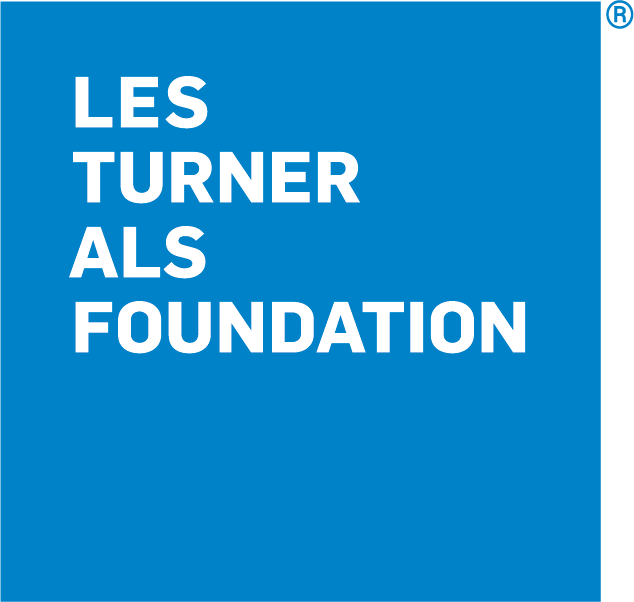A new publication about the role of immunity in ALS, authored by members of the Les Turner ALS Research and Patient Center at Northwestern Medicine, has been issued. Read on for a Q&A with Dr. P. Hande Ozdinler, one of the lead investigators of this study:
What are the key new findings of the paper?
One of the key findings of the paper is showing signs of early innate immunity in the motor cortex of ALS. As you may know, people have thought that immune reaction develops late in the disease and it is basically to clear the cellular debris, but we find evidence for a crosstalk between vulnerable motor neurons in the brain and the cells that initiate immune reaction. They flood to the vicinity of the vulnerable neurons. Vulnerable neurons most likely call them and they most likely arrive to help but we,for the first time, made this a visual event. The cells of the innate immunity were fluorescent and we captured them in action.
How do they move the field forward?
This will now allow detailed cellular and molecular analysis of vulnerable motor neurons and their non-neuronal neighbors and partners. We will be able to find when they start to have an argument, what is the basis of this argument and how can we establish peace among them so that they continue to support each other. We have the tools now.
Why are they important and relevant to a general, nonscientific audience?
People already know the complexity of the disease and that many different neurons and cell types are involved in the pathology. We now put a fluorescent jacket not only on the diseased neurons, but also to their neighbors and friends so that we can be better cops revealing who is to blame and how can we can resolve the fight.
How did the study work?
It was a collaborative effort between Dr. Richard Miller’s lab and we received tremendous support from the Cognitive Neurology and Alzheimer’s Disease Center at Northwestern Medicine (CNADC).
Click here for the full publication
Click here for a summary of the publication

